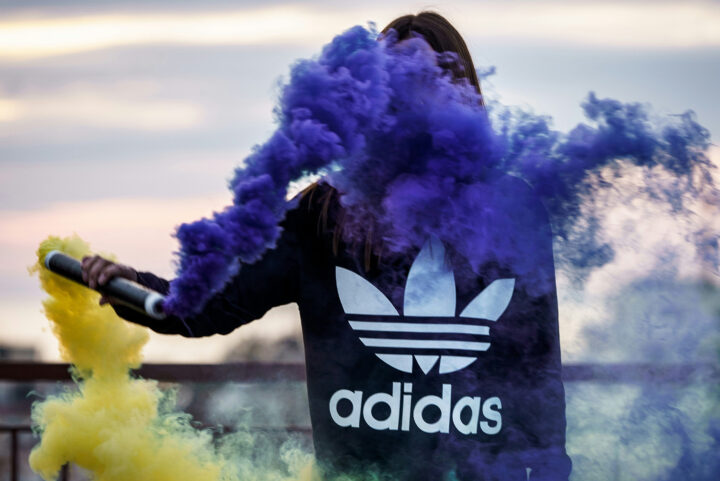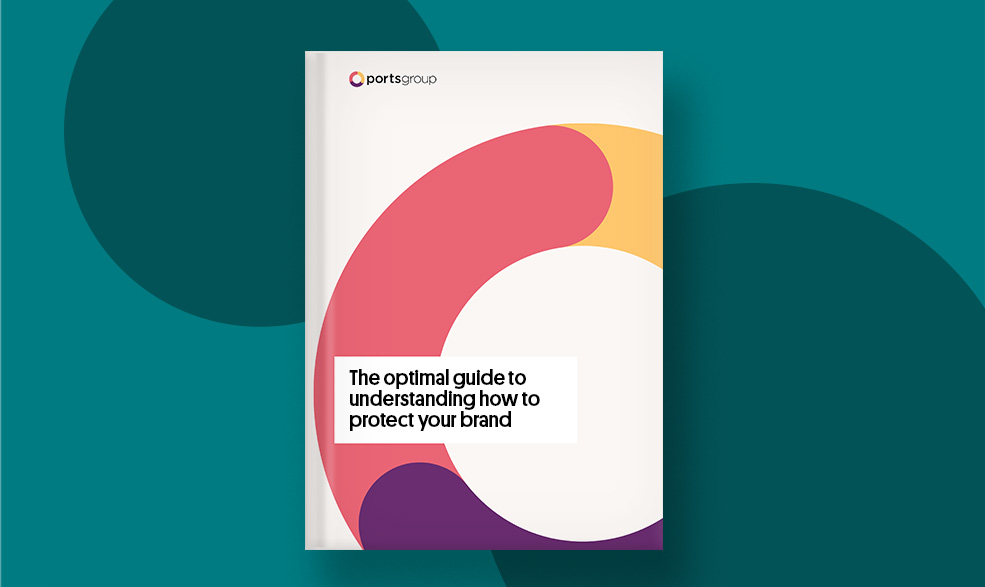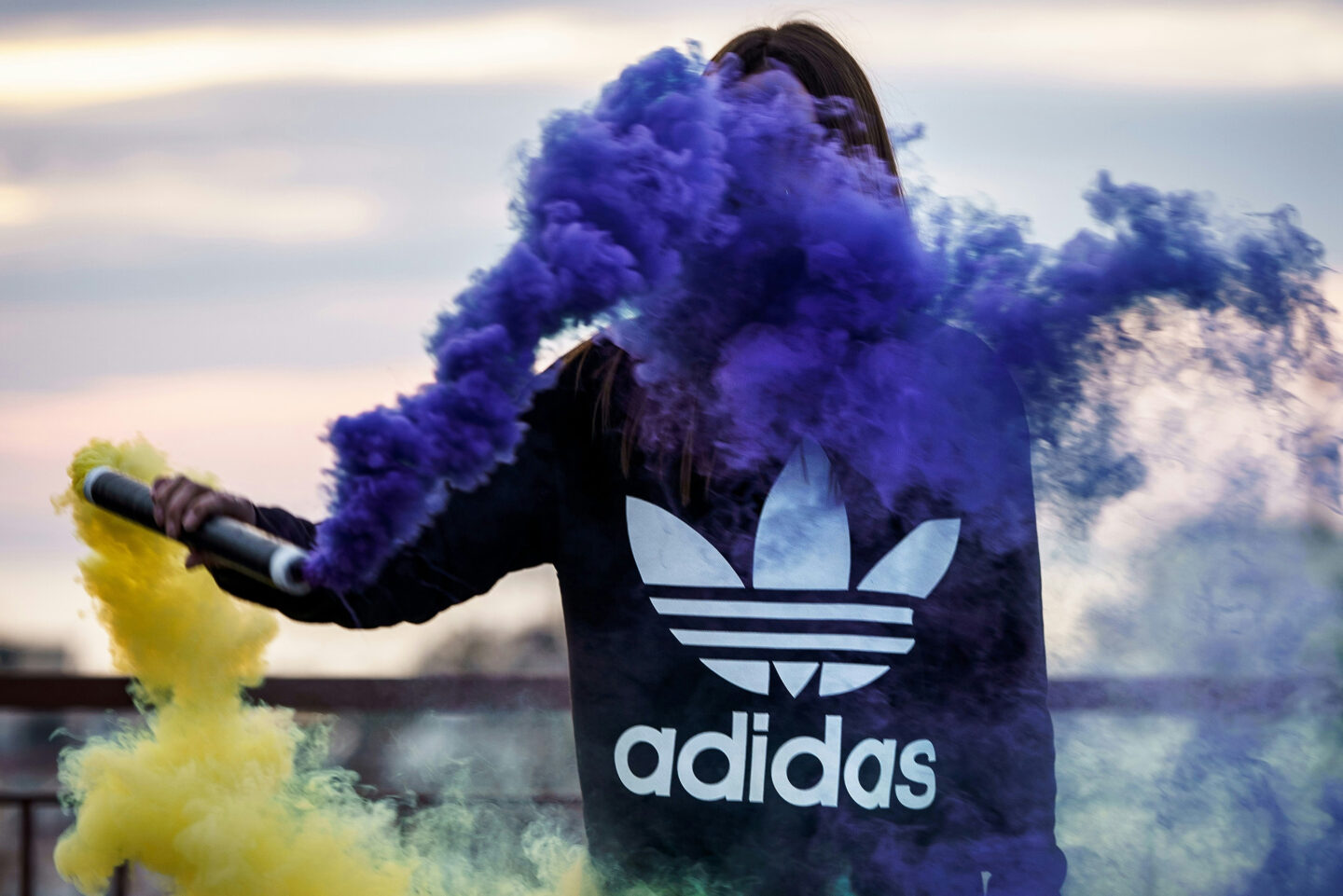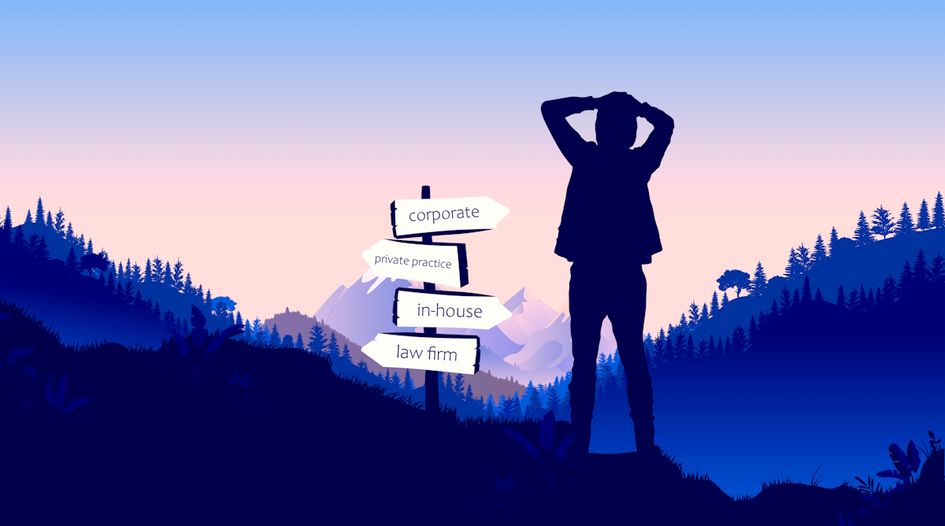10, November 2022
How to monitor and protect your trademark

Registering your trademark is one thing, but are you completely sure that it is not being used by others?
8 out of 10 business leaders believe that trademark infringement is on the rise. Despite this, only 2 out of 10 actively monitor their entire portfolio. Trademark monitoring is vital to ensure a company avoids risk exposure. What are the different types of monitoring and how do they work? We thought we'd tell you more about that here.
Who are victims of trademark infringement?
Digitalization over the past 20 years has resulted in most companies moving online. What this also means is that fraudsters who try to infringe trademarks and damage business have become more commonplace. It makes no difference if it is a smaller or larger company. Everyone runs the risk of being affected in different ways.
Currently, 100,000 new domains are registered each day, and it is important that you act quickly. So it’s vital to set up monitoring to ensure that none of these 100,000 domains have been registered specifically with the intention of damaging your trademark.
Euipo (the European Union Intellectual Property Office), which manages EU trademark and design rights, takes no responsibility when it comes to monitoring trademarks. You are personally responsible for asserting your rights to a registered trademark.
"I am very pleased with Abion's work to guide us from an untended domain name portfolio to a clear and comprehensible management of our domains.”
- Christopher Constantien, Head of Brand Communication - Folksam
What threats can affect your brand?
There are a lot of threats to a trademark in the digital world, these are (unfortunately) just a few of them
- Mirror sites
An identical website is created where the customer believes they are buying from you when in fact they are buying a product that does not exist and is not delivered - Email Marketing
Falsified emails with incorrect information or a prompt to buy a product that doesn't exist - Press releases
Incorrect information is conveyed and uses your brand as the sender - Marketplaces
Where pirated copies are sold illegally
All of these threats can affect confidence in your brand, and the main and obvious risks of trademark infringement are:
- Customers confuse your brand with others
- Revenue losses
- Reduced customer loyalty
- Damaged reputation
Abion’s experts help you with monitoring
We at Abion help you with monitoring according to your needs. We can give you advice and support when it comes to trademark infringement. We offer monitoring such as:
- Basic monitoring, which includes trademark monitoring and domain monitoring
- On-demand monitoring where we also help with social monitoring such as social media, App store, and marketplaces
Abion Core as a tool
When you become our client, the customer tool Abion Core is included, a system that takes care of the monitoring of your brand. If you are exposed to any threat, you will receive an email from us with information about what has happened and a piece of advice with our recommendation about what to do.
A risk assessment is always included, and you have access to advice by phone or digitally allowing you to talk directly with experts in this field. A dashboard in the system makes it easy for you to have an overview of all activity taking place digitally.
Of course, we also help with proactive measures and strategic work related to trademark protection. Abion has extensive experience and knowledge when it comes to trademark protection and we have helped many companies protect their brand. Our solution is cost-effective, and with the support of our experts you don’t need to worry that your trademark will end up in the wrong hands.
Get started with monitoring straight away
If you haven't already started monitoring and protecting your brand, we recommend you start right now. Trademark infringement occurs around the clock, seven days a week in all countries.
Key takeaways
- EUIPO takes no responsibility for your rights
- With domain monitoring, you can both detect and have the time to dispute registration
- Not effectively monitoring rights involves major financial risks. It's worth a relatively small amount of money each year to keep track of this
Want to know more about monitoring your brand? Contact us and we will help you!




